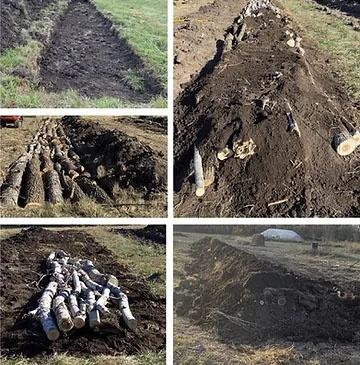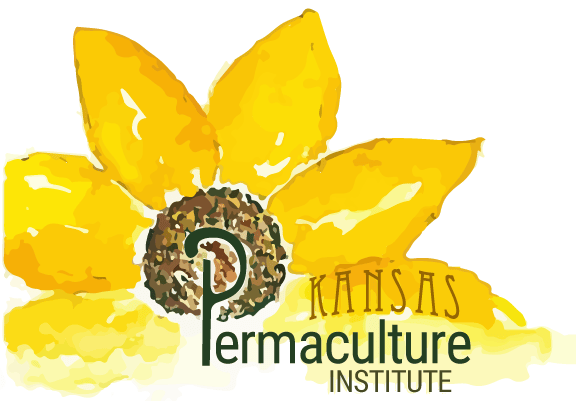Innovative Research on Hügelkultur Begins at Kansas State University
As we enter May of 2020, the hügel beds at Kansas State University’s Willow Lake Student Farm are nearing completion, eight months after breaking ground. The effort has been time consuming and required a lot of sweat, teamwork, and equipment. Winter weather limited our ability to move soil and compost, and the COVID-19 school closures and social distancing policies limited our ability to host workdays. Now that they are nearly complete, we are about to embark on the first academic research related to hügelkultur.
Before going further, I don’t want that daunting timeline to discourage anyone from attempting or considering hügelkultur. Our project is much more intensive and extensive than is typically utilized by permaculture practitioners. For the purposes of scientific rigor, the research plot needs to be designed so that the research is replicable. As a result, our hügel beds are arranged and constructed in ways that may differ from how permaculture practitioners tend to implement them. In this research plot, there are four hügel beds, each 100′ long and about 8′ wide with a height of roughly 3.5′. The beds are each oriented east and west, creating a shady aspect on the north side and sunny aspect on the south side. For each hügel bed, there is a corresponding ground plot, or traditional flat bed, that serves as a control.

Considering no academic research on hügelkultur can be found in scientific literature, this will be the first of its kind. Obviously, there are a lot of interesting research questions. Some of the most fascinating involve the evolution of soil nutrient availability as the beds decompose and breakdown over time. This research may come out of these beds, but in the short-term, our research project aims to evaluate hügel beds for their potential to extend the growing season and to determine if they are a viable system for the production of culinary mushrooms.
In order to explore the season extension potential of hügel beds we will utilize two crops: lettuce, a cool-season crop, and pie pumpkin, a warm-season crop. In addition to the vegetables, plots within the hügel beds have also been randomly assigned to grow native Kansas wildflowers. Data collection will include soil and canopy level air temperature, soil moisture, light intensity, dates of first and last harvests, yield, and total marketable yields.
Over 9,000 linear feet of mushroom logs were inoculated with three different species during spring-fall 2019. These logs were inoculated with three different mushroom species, including shiitake and maitake (“hen of the woods”) both of which are known to grow well in partially buried environments. The third species, morels, is more of a shot in the dark! These logs, along with a control of no logs, will be placed at the base edges of the hügel beds and will be partially buried with soil. In order to see if shade will impact growth we’ve chosen pumpkins, whose vines should create extra shade, but we also included the randomly placed wildflower plots for the same reason. Data collection will include first and last dates of harvest, total yield, and total marketable yield. We don’t know what will happen, but we are excited to see!
For those considering KPI’s Permaculture Design Certification course this summer, these beds are located at KSU’s Willow Lake Student Farm, the location of this summer’s course. It would be a great opportunity to come see these beds up close and personal! Additionally, if you are interested in learning more about the hügelkultur research project, feel free to email Sara Hazan. I hope to keep you all informed as the research progresses!


